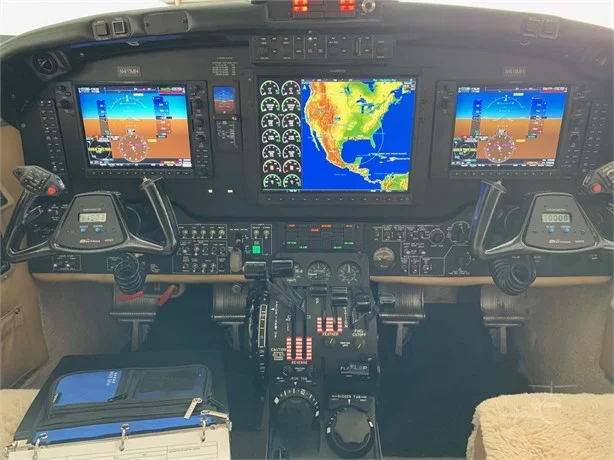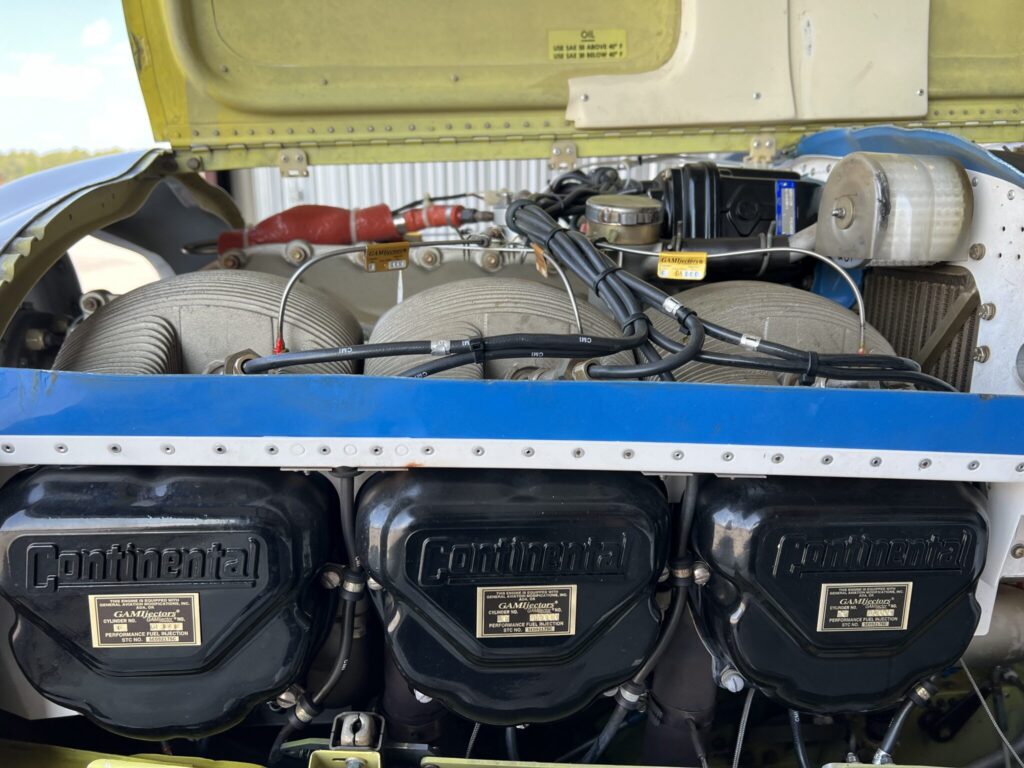The most important parts of a pre-purchase inspection on aircraft include:
- Scheduling constraints
- Test Flight / Visual Inspection
- Log Book Research/ADs
- Airworthy Items
- Determine Health of the Engine or Engines
- Corrosion Inspection
- Acceptance Flight
SCHEDULING
The most important part of your aircraft purchase is the Pre-purchase Inspection, therefore, it is vitally important to find an unbiased third party to perform the inspection. Most aircraft dealers/brokers recommend using the maintenance facility you will use for future maintenance. Many times scheduling a pre-purchase inspection can be very difficult as it is very time consuming for the maintenance facility. Some maintenance facilities even refuse to do pre-purchase inspections. Therefore, it is vital that you or your broker have good communication with the maintenance facility to be sure the inspections you require are accomplished.

The Test Flight is necessary to verify the installed Avionics and determine their working condition.
TEST FLIGHT / VISUAL INSPECTION
Undoubtedly, the test flight is a crucial element in determining whether the installed avionics and systems work properly. As shown above, scheduling can be difficult due to the aircraft’s location and the buyer’s busy schedule, however, it is a very important part of the prebuy process. Negotiating a test flight and visual inspection by the purchaser or his representative before the cost of a pre-purchase inspection is usually the best plan in order to inspect discrepancies found during the process. Occasionally, the prospective buyer turns the aircraft down on cosmetics alone, so be prepared for anything.
LOG BOOKS
Few owners realize how much value their aircraft log books contain. Erroneous, incomplete or vague log book entries can diminish the aircraft’s value substantially. These records must be analyzed by an experienced aircraft mechanic for correct component times, AD’s/SB’s, 337s, 8130s, etc. An experienced aircraft broker/dealer can determine what type of damage or repairs will affect the aircraft’s value.
AIRWORTHINESS
Different mechanics have different views of what items to address in a pre-purchase inspection. Ultimately, the mechanic determines the airworthiness of the aircraft with a list of items acceptable to both parties, thereupon providing the buyer with a list of discrepancies which will need to be addressed. Of course, maintenance facilities that specialize in a particular aircraft make and model are more familiar with items indicative of potential problems relative to those models.

Visual and mechanical inspections of engine components by qualified mechanics are vital before purchasing an aircraft.
ENGINE HEALTH
As I have noted, maintenance facilities more familiar with the particular make/model aircraft inspected will have guidelines for determining the health of an engine. Both piston and turboprop engines can be inspected internally with a borescope to determine the condition of the components and whether they will need maintenance in the near future. Most mechanics inspect piston engines for compressions, cracks, muffler wear, and oil leaks and contamination. They inspect turboprops with ground runs, leak checks, visual and borescope inspections, fuel and oil filters. Correspondingly, oil samples on both engines can show problems with internal wear.

Many of the aircraft produced today contain internal corrosion proofing.
CORROSION
The “C” word is just as bad for aircraft as it is for humans. Overall, it occurs in most aircraft, however, it can only be slowed down, not cured. Internal corrosion of the aircraft and components occurs markedly faster in saltwater environments as opposed to dry country areas. Hence, it is important as a part of the Pre-purchase process to determine in what areas the aircraft has been in operation to foresee potential problems prior to inspection. Most mechanics are familiar with the areas of concern and inspect those critical areas first before delving deeper into other minor inspections.
ACCEPTANCE FLIGHT
Once the mechanic provides a discrepancy list and addresses the repairs, the buyer will need to take a follow up flight to determine whether the systems operate satisfactory before closing. If the buyer decides to take a price reduction, then they become responsible for the repairs.
In summary, the Pre-purchase Inspection becomes the most important part of the aircraft selection process. Many times buyers become overwhelmed or miss a minor, but important part of the process. To be sure that the aircraft you are selecting is worth the purchase price and is in good condition, you may want to consider hiring a professional to help you with the process.

